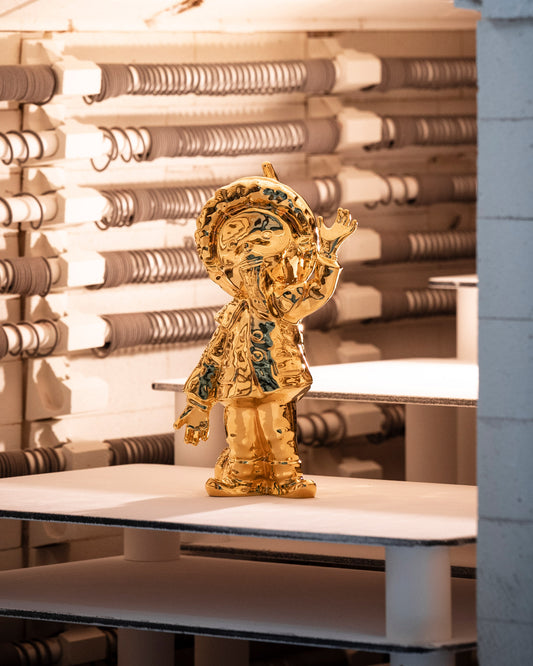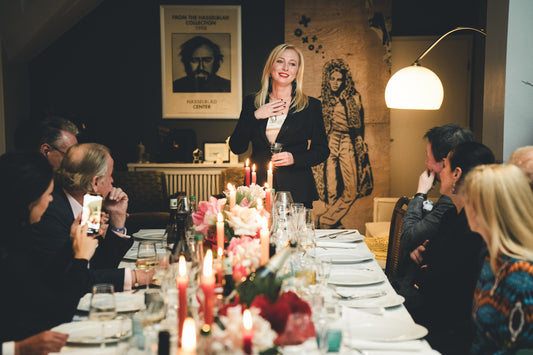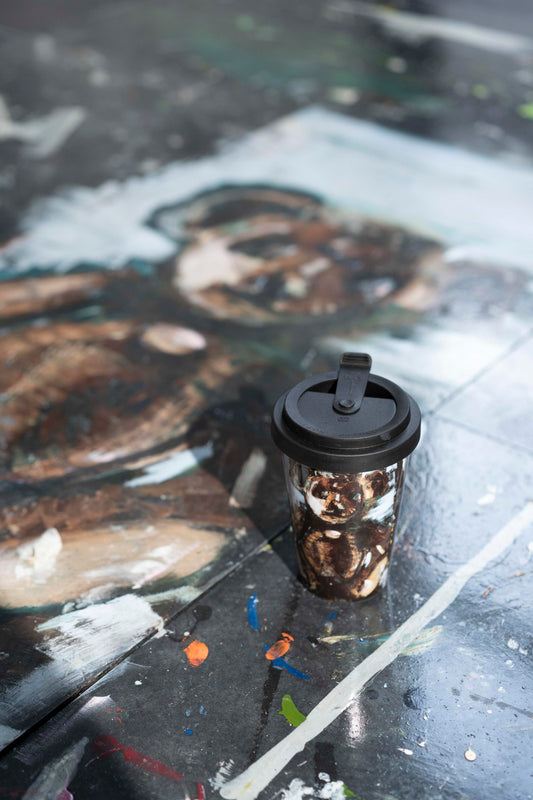NEW DECORATION: FREDERICK THE GREAT'S FLOWERY FAVORITE SERVICE
Hardly any other service embodies the simple elegance of the Prussian Rococo better than NEUZIERAT by Friedrich Elias Meyer from 1767. That is why it soon became the favorite among the 21 services that Frederick the Great commissioned from the Royal Porcelain Manufactory in Berlin.
The Royal Porcelain Manufactory Berlin protects its art-historical heritage by allowing forms and decors from past eras to continue to flourish and thus preserving the tradition of European art history. We would like to introduce you to the dishes that European royal families ate over 250 years ago and which today – a quarter of a millennium later – have lost none of their fascination.
At the beginning we would like to introduce you to NEUZIERAT, Frederick the Great's favorite service.
The art-loving monarch of the Rococo period
When Frederick the Great took over the Berlin porcelain factory in 1763 , he did not only pursue goals of an entrepreneurial nature. Frederick II loved and collected valuable porcelain. He had a passion for the beauty of the material, for elegant rococo shapes and artistic painting motifs. Friedrich's goal was always to produce products that meet the highest standards in every respect, both artistically and technically.
Ironically, he liked to call himself his best customer and ordered 21 porcelain services in the Rococo style for his castles alone. It is therefore not surprising that he always wanted to have a hand in designing most of the Rococo services. Frederick's Rococo was clearly inspired by the French way of life.
Restrained elegance in the spirit of Prussian Rococo
The NEUZIERAT, designed by Friedrich Elias Meyer - the manufactory's first model master - gave the Prussian, comparatively simple rococo on the white gold of the KPM Berlin its elegant expression and was strongly based on the RELIEFZIERAT form, also made by Friedrich Elias Meyer in 1765. The handle shape is the same for both services. The relief decoration made of sticks and rocailles surrounded by leafy tendrils is in a balanced relationship with the smooth surfaces, which offer plenty of space for a wide variety of decors.
Bleu Mourant becomes an often-quoted word among Berliners: When they feel uncomfortable, as tired as this blue, they become very “blooming”.
The king had a particular preference for very special decor. So he waited a long time for the chemists in the Berlin factory's laboratory to create the delicate gray-blue color mixture that he loved so much and that he loved to surround himself with in Sanssouci. It ultimately took seven years until success was achieved in 1782. The famous Bleu mourant of KPM Berlin was born and is still a well-kept secret of the KPM laboratory today.


